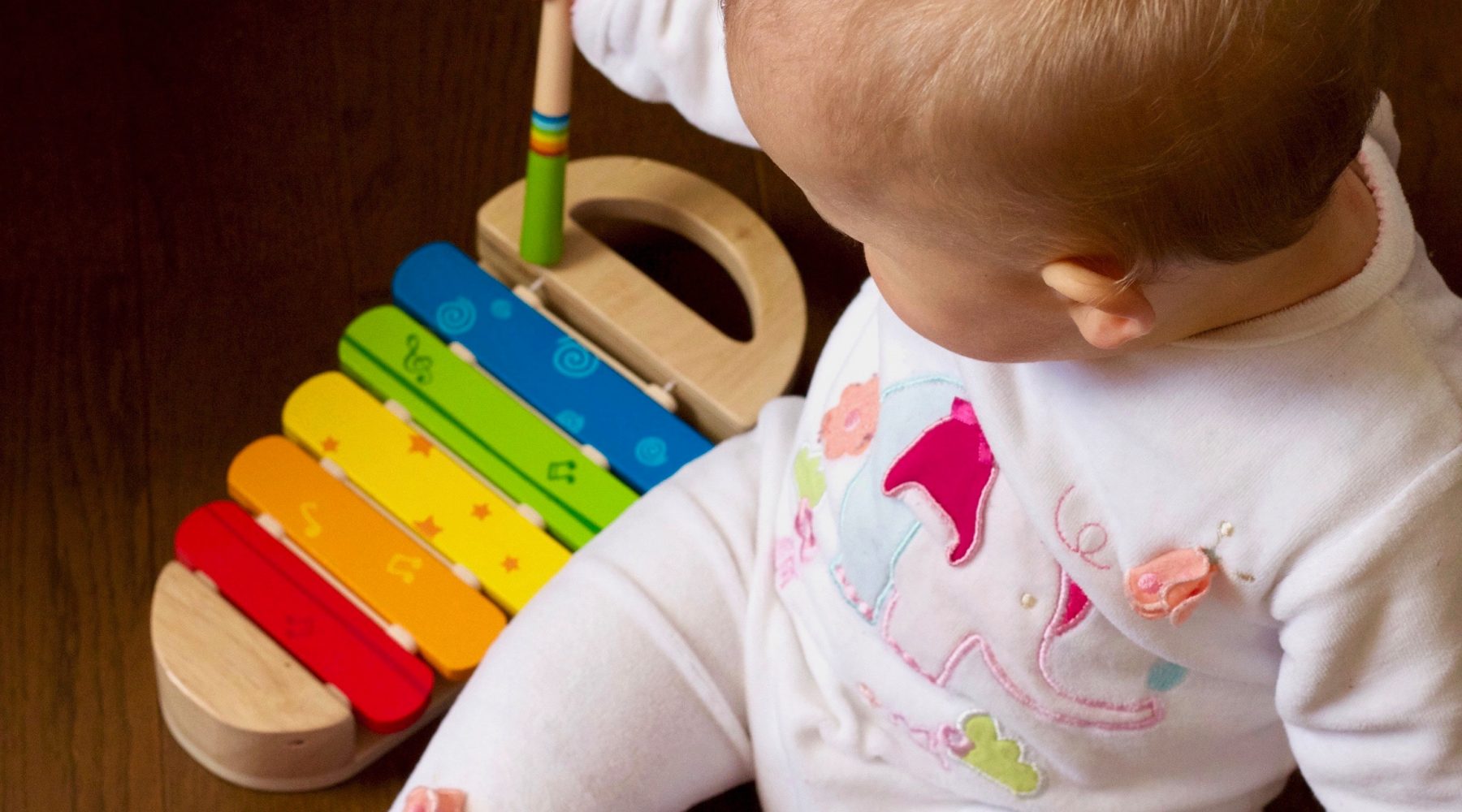Australian researchers showcase pre-emptive autism intervention

The first trial of pre-emptive behavioural interventions for babies showing early signs of autism has found that the therapies used can improve early language development.
In a study published in The Lancet Child & Adolescent Health, a research team led by Professor Andrew Whitehouse of the Telethon Kids Institute, The University of Western Australia and Autism CRC, and Dr Kristelle Hudry from La Trobe University and Autism CRC, found that babies who received the intervention – which helps parents better identify and respond to their baby’s communication cues – were able to say and understand significantly more words than a control group when followed up six months later.
Although the intervention did not reduce early autism behaviours after the six month period, the language progress was “an exciting finding”, researchers said, because it reinforced the importance of early intervention.
“Although there was no difference on some autism measures, the measures we did find, in language and communication, were quite clear,” Professor Whitehouse said.
Parents who received the intervention reported that their toddlers improved in understanding an average of 37 more words and saying an average of 15 more words than the control group.
“This is an important milestone in our research as it’s the closest we’ve come yet to proving the long-held theory that early intervention for babies on a suspected pathway to autism will be more beneficial than waiting until after diagnosis, which typically doesn’t happen until around three years of age,” he noted, adding:
“Rather than waiting to the point of diagnosis, this study indicates that we should identify children as early as we can and provide intervention at that point.”
More than 100 babies, aged from 9 to 14 months of age, participated in a randomised control trial which investigated the impacts of the video-based intervention across a range of autism measures. All participating babies had shown early behavioural signs of autism. Half received the intervention, while a control group received current best practice treatment.
During the research, parents were filmed interacting with their babies, with researchers later providing feedback to help them recognise communication cues from their baby which might be otherwise difficult to interpret. Parents were then guided on how to respond in ways that would increase infant interaction.
This video support and analysis was important, Dr Whitehouse said, because parents typically respond to babies in a certain way.
“When a baby doesn’t respond in a typical way, we change our interaction patterns accordingly: we tend to either become very ‘hands off’, or we try to tell or show the baby what to do. These are very normal human responses.
“Using this structured therapy program, we teach parents to sit back and watch their babies – to be a detective of their babies – so they can understand the way they’re interacting and then respond accordingly.
“We are striving to help parents to get more in sync with how their baby is communicating with them. When parents understand how their baby is communicating, and then respond accordingly, it creates a very rich social environment around them. This is gold in terms of helping boost language development.”
Each group of babies studied – both those receiving support from researchers, and the control group – were followed up six months later. While the researchers found no significant difference in most early autism behaviours between the intervention group and the control group, a significant improvement in language abilities was found for the babies who had parents in the video feedback group.
“I often think that the most magic words families can ever hear are ‘Mum’ and ‘Dad’ – and if you can help improve a child’s language development after receiving an intervention, then that can be genuinely life-changing,” Dr Whitehouse said.
To further their learning, the research team will follow up with the babies in the study at age three to find out whether the boost in language and communication has endured, and whether the intervention has any longer-term impact on autism behaviours over a longer period.
The study was funded by the WA Children’s Research Fund, the Cooperative Research Centre for Living with Autism (Autism CRC – established and supported under the Australian Government’s Cooperative Research Centre Program), La Trobe University’s Understanding Disease Research Focus Area, and the Angela Wright Bennett Foundation.
Collaborating institutions included the Autism CRC, La Trobe University, The University of Western Australia, and the Western Australian Child and Adolescent Health Service.
The full paper, A randomised-controlled trial of a pre-emptive intervention for infants showing early behavioural risk signs of autism spectrum disorder, can be read here.
Popular

Workforce
Quality
Research
When did it start to go wrong?
2025-12-18 08:00:46
by Fiona Alston

Quality
Practice
Research
Small ways to teach babies and toddlers body safety and consent in early learning
2025-12-15 08:00:40
by Fiona Alston

Quality
Research
Food safety in early learning centres: Protecting children through better practices
2025-12-15 07:45:24
by Contributed Content















